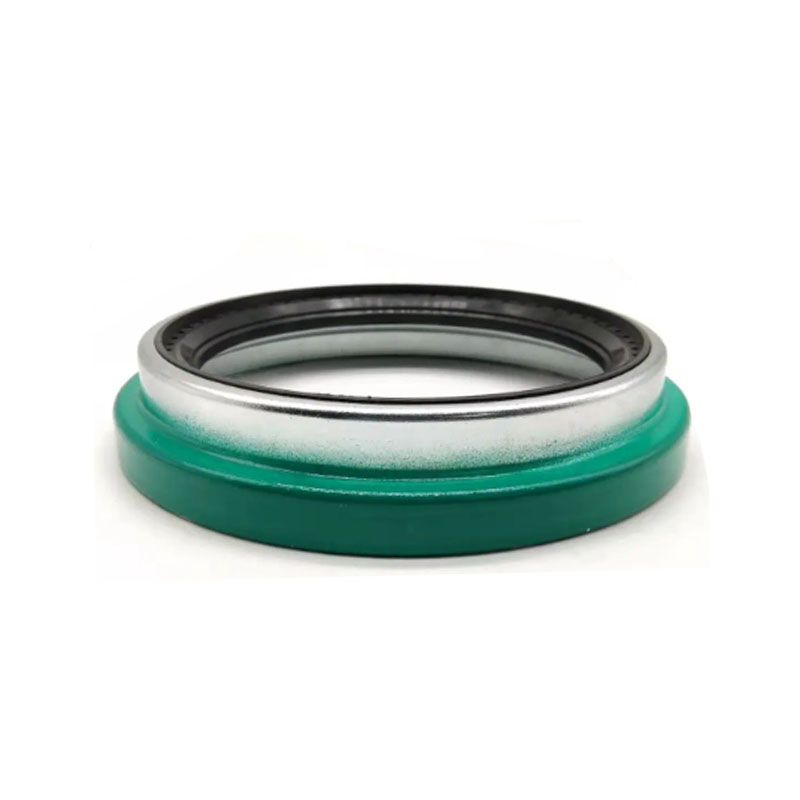Front Shaft Seal - High-Quality Seals for Optimal Performance
Understanding Front Shaft Seals Importance and Maintenance
The front shaft seal is a crucial component in many mechanical systems, particularly in vehicles. Positioned at the front of the engine or transmission, this seal plays a vital role in preventing fluid leaks, thereby ensuring the efficient operation of the entire system. Understanding how front shaft seals work, their importance, and how to maintain them can help vehicle owners avoid costly repairs and enhance their vehicle's longevity.
What is a Front Shaft Seal?
A front shaft seal is designed to fit around the rotating shafts of an engine or transmission. Its primary purpose is to keep lubricants, such as oil or grease, contained within the assembly while preventing contaminants like dirt and moisture from entering. This dual function is critical because the presence of either contaminants or the absence of necessary lubricants can lead to severe damage to the components.
Typically made from materials such as rubber, neoprene, or elastomer, front shaft seals are engineered to withstand high temperatures and pressures. They are designed for durability, but over time, they can wear out due to various factors, including exposure to heat, friction, and environmental contaminants.
Importance of Front Shaft Seals
The importance of front shaft seals cannot be overstated. When functioning correctly, these seals maintain the necessary pressure within the engine or transmission, ensuring optimal performance. If a front shaft seal fails, it can lead to various issues, such as
1. Fluid Leaks One of the most common signs of a failing front shaft seal is leaking fluids. This not only leads to loss of essential lubricants but can also create safety hazards on the road. 2. Engine or Transmission Damage Without proper lubrication, internal components can experience increased wear and tear, leading to significant damage and expensive repairs.
3. Contamination A compromised seal can allow dust and debris to enter the engine or transmission, leading to further damage and reduced performance.
front shaft seal

4. Decreased Performance As lubricants leak and contaminants enter, the overall performance of the vehicle may reduce significantly, affecting fuel efficiency and power output.
Maintenance Tips
To ensure the longevity of your front shaft seals, regular maintenance is essential. Here are some tips
- Regular Inspections Frequently check for signs of fluid leaks or oil spots under the vehicle. Catching a leak early can prevent more severe issues down the road.
- Fluid Changes Regular oil and fluid changes can help maintain the integrity of seals. Old, contaminated fluids can lead to wear and degradation of the seal material.
- Professional Inspections During routine maintenance or servicing, have a professional inspect the front shaft seals. They can often spot wear or damage that might be overlooked by the average vehicle owner.
- Address Overheating Issues Overheating can accelerate seal wear. Ensure your engine cooling system is functioning properly to mitigate this risk.
In conclusion, front shaft seals are small but vital components in vehicle maintenance. Understanding their role, recognizing the signs of failure, and committing to regular maintenance can help ensure your vehicle operates smoothly for years to come. By staying proactive about these components, you can save yourself from costly repairs and enjoy reliable performance on the road.
-
Understanding the Front Main Engine Seal: Purpose, Maintenance, and Installation
News Jul.29,2025
-
Understanding O-Rings and Seal Rings: Types, Applications, and Custom Solutions
News Jul.29,2025
-
Understanding Crankshaft Oil Seals: Rear Seals, Pulley Seals, and Their Role in Engine Integrity
News Jul.29,2025
-
The Importance of Front and Rear Crankshaft Seals in Engine Performance and Oil Management
News Jul.29,2025
-
Crank Oil Seals: Functions, Types, and Cost Considerations in Engine Maintenance
News Jul.29,2025
-
A Comprehensive Guide to O-Rings and Seals: Types, Materials, and Global Applications
News Jul.29,2025
-
Mastering Diesel and Performance Engine Maintenance: A Guide to Critical Oil Gaskets
News Jul.28,2025
Products categories















